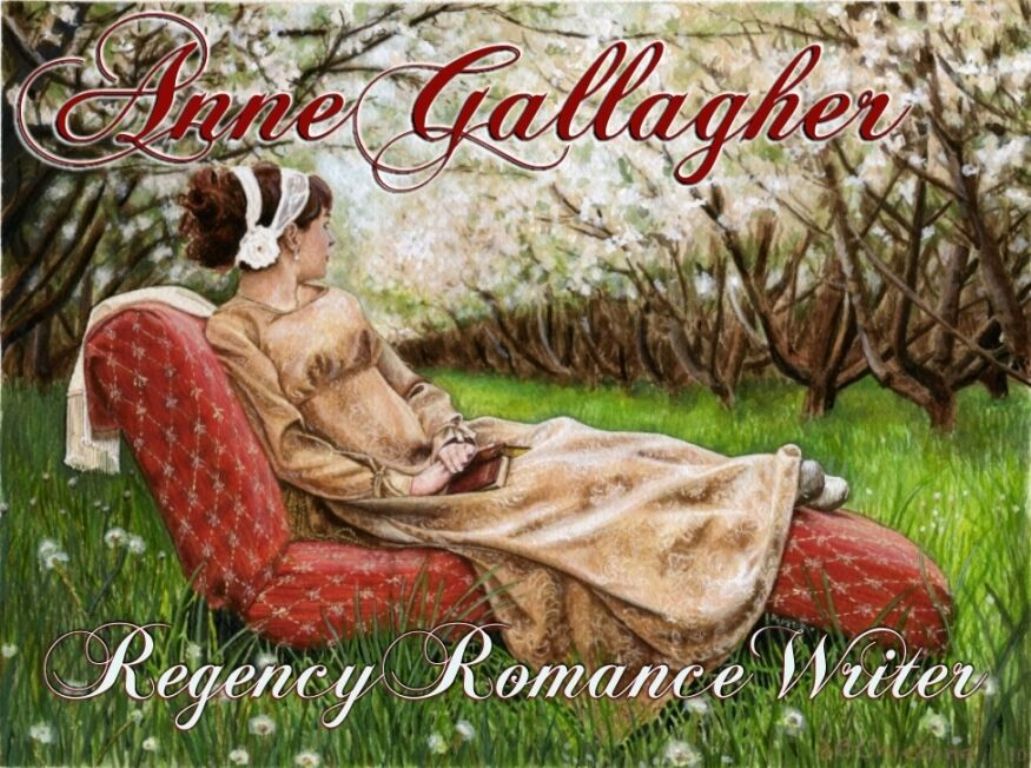In writing any kind of historical, I cannot stress the amount of research necessary to make it believable. No, some people don't really care when the Battle of Hastings occurred or who sat in Parliament on the day Prince George took his seat as Regent, but for those of they who have studied such things and find a mistake in a novel, it rankles.

Writing THE CAPTAIN'S COINCIDENCE nearly brought me to my knees on some pages. Not only did I need to learn about ships (and crew and sailing), I also needed to learn how long it takes to travel (on both land and sea, by horse, by carriage, by ship) distances (both nautical and land -- big difference) and meteorology. You cannot sail a ship without wind.
Now, I have my trusty map of England always by my side as I write. My current formula to get anywhere in the country is 25 miles per hour on horseback. However, that's a hard ride for the animal, probably at a full gallop for the duration, which is why you always read about "changing horses".
Needless to say, whenever one of my characters needs to go somewhere, I adjust my ratio accordingly. Four coach horses travel faster than two, but there is the added time of changing the horses. (A coach and four can usually travel up to 75 miles in the course of a day -- with the caveat it's dry weather and good roads and not loaded with unnecessary luggage. Also if you were not apprehended by a highwayman, or broke an axle or wheel and didn't die when the carriage flipped over.)

In working on COINCIDENCE, I had to figure out how to sail
around the country (from London to Liverpool), which is a lot harder than you might think. First we have to decide on the ship, its size, how many sails, the crew to work the sails, wind speed, wave height, and weather conditions. Fun stuff that. For the longest time, I couldn't make my timeline work because it was taking too long to get from one place to another. I finally realized that ships sail at night. They don't stop in port to sleep. (duh)

Here is my quick formula for ships -- each sail x 6 men. (This particular vessel is a 74 gun Ship of the Line, with main sails, top sails, and gallant sails, not to mention the sails over the bow and stern.) For each "side" of the sail, between 6-9 men worked the lines and rigging of these massive ships. So in rough estimates this ship would need 108 crew for the sails alone. And that was only one "watch" (shift of work = 4 hours). However, most sailors worked two watches and then had two off. Needless to say, there were over 300 men on board to work the sails alone. You might think that's a lot, but it's really not when you consider that so many men died during battle.
Another miscalculation on my part was to figure out where the shipping lanes would be. You can't just sail willy-nilly through the Channel, you need a plan. England relied on America for cotton, not to mention sugar and molasses from the West Indies. As well as trade from all over the world. Mail packets came and went. And let's not forget the Royal Navy had 3 different ports they used, as well as patrolled the waters of the English Channel out to the Atlantic. Needless to say there are a lot of ports in England and certain cargo only went to certain places. And then there were the ships sailing from one place in England to another. Upcountry goods and services tended to be shipped to London rather than hauled over land by horse -- coal, hay, grain, cotton goods. It was cheaper in the long run. However, no matter where the goods were going, the captains still needed to be aware of the shipping lanes. (When ships meet and must pass each other in opposite directions they do so port side to port side. Just FYI.)
And let's not forget about rocks, shoals, sand bars, little islands, and other things that you could crash into. Traveling by sea was just as dangerous as traveling by coach. Sometimes more so as the weather played a major factor in all things nautical. Dangerous roads could stop a coach. What are you going to do in the middle of the ocean when you're struck by lightning? There's no place to hide.
To travel in Regency England I liken it to a long road trip. Where now it would take a few hours traveling by car, back then it would take days, or sometimes weeks depending on how far you were going.
Here are a few of my estimates
By Coach (with good roads and fine weather)
London to Manchester = 5 - 7 days
London to Edinburgh, Scotland = 10 - 14 days
London to Plymouth = 1 day
By Ship
London to Liverpool = 3 - 4 days
London to Boston/New York = 6 weeks
Falmouth to Boston/New York (mail packet only) = 4 weeks
Now of course, these are just estimates, and one could never really know how long it would take unless one were there. Barring any more tedious research and mitigating factors, this is what I'm sticking to.
Tell me -- Back then, would you rather have traveled by coach or by ship? (And yes, I realize neither was convenient unless you were wealthy.)
Anne Gallagher (c) 2014









